Things Electric
A little more than 100 years ago, in the first big growth spurt in the use of electricity, the harsh realities of the hazards involved with it quickly became apparent. Fires were common occurrences everywhere electricity was distributed, and serious (and often fatal) accidents made daily headlines wherever people came into contact with this wondrous phenomenon. Virtually all of the electric works being built in those early days were set up to provide lighting for a population tired of living in the gloom of candles, gas lamps and coal-oil lanterns. That meant that
There is no doubt about it - during the later years of the 19th Century, Thomas Edison was "Mr. Electric" in this country, and the electricity he promoted was direct current (DC). Last month, we took a look at the shortcomings of his DC system versus the alternating current (AC) distribution system that now serves us all so well. Now let's take a look at the personalities involved. In 1876, using
We're all advised to change the batteries in our smoke detectors once each year. This is truly good and affordable advice, and most of us are happy to comply. If you were to decide on a whim to replace all of the batteries in all of your battery-powered appliances or other devices that incorporate battery backup in their design on that mandated day, however, you might find the number of replacements surprising, the day a long one and the
In the spring of 1941, my mom and dad, my sister and I moved into our brand-new house on Ardmore Avenue in one of northwest Detroit's real estate developments. It was a thoroughly modern house, with all of the latest high-tech features - the garage door moved upward to open, instead of swinging left and right like barn doors, and the furnace in the basement was operated by natural gas, eliminating forever the need to shovel coal. The house cost $5,550. From an electrical standpoint, the house was up to the codes and standards of its day - albeit a far cry from what is required today. The wiring was a two-wire system with no ground. All of the receptacles had two equal-size slots, and that was just fine because anything we wished to plug into these receptacles had a two-pronged plug at the end of its cord. A fuse panel in a bedroom closet contained four 15-amp fuses. That was it: four fuses to
Each year, the National Spa & Pool Institute offers special programs in conjunction with its International Expo. Most years, these programs include tours of local places of interest, such as notable museums, historical sites, outstanding examples of local architecture and the like. With the Expo in Las Vegas last December, NSPI took advantage of the location and included a tour of Hoover Dam and Lake Mead, a scant 30 miles from the glitz and glitter of The Strip. More than100
When I first begin to do research for a column, I really have little control over the direction I might take. If it's a cut-and-dried technical subject where I'll be dealing primarily with solid, scientific facts, the task is relatively simple. Using my own textbooks, two local libraries and the Internet, I look for my subject matter in a minimum of three separate sources. If the information is identical in each selected source, I feel pretty confident that I can use the data in an article. It isn't always so easy, however, and that's nobody's fault but
Last month we covered the "hows" of grounding pretty well. Using the definitions from the National Electrical Code (NEC) for guidance, we saw that in order to be considered effectively grounded, the non-current-carrying metal parts of all equipment associated with a watershape must be connected to the system grounding bus at the electrical service panel. This is accomplished by installing a green-colored (or green with a yellow stripe), minimum No. 12 AWG insulated copper conductor between the equipment's grounding terminal and the system grounding bus. This conductor is
Through the years, the #1 question asked of me at seminars and trade shows has been: "What's the difference between bonding and grounding?" I have wanted to do an answering article far some time, but I was concerned that its length would require it to be split into two pieces and that the every-other-month format of WaterShapes might make it difficult to maintain continuity of thought over a two-month span. I was pleased when our editor informed me that we would be going monthly for a while. I figured I'd strike now, while the fingers are nimble and the magazine issues more
During our last session, we explored the water-flow/electric-current-flow analogy and summed it up in a few sentences that are worth repeating: • Water: The pressure created by the pump forces water to flow through the pipes and valves, overcoming the friction losses of the system. Higher pressure provides for more gallons per minute. • Electricity: The voltage created by the battery forces electrons to flow through the wires and switches, overcoming the ohmic resistance of the circuit. Higher voltage provides for more amperes. (The short version of that is, "Volts push amps through ohms.") To be truly useful to us, we must know something about the way these three basic units relate to










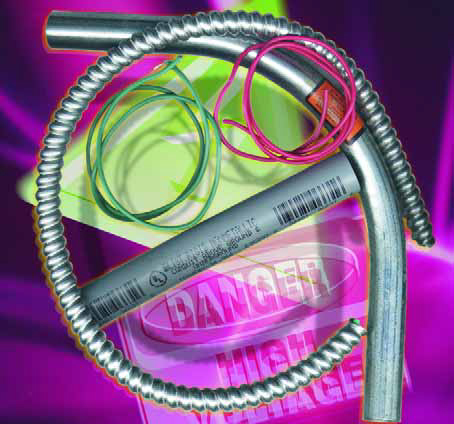

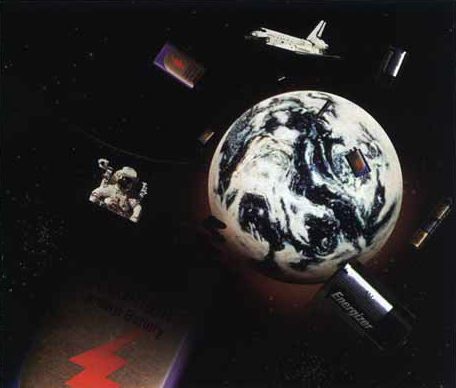
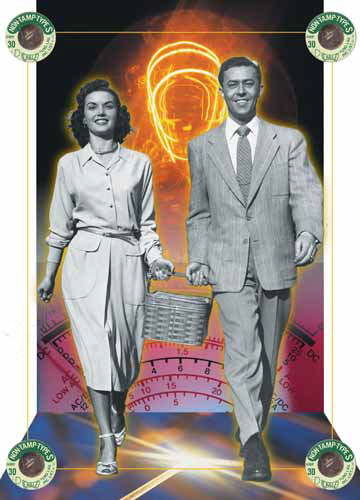
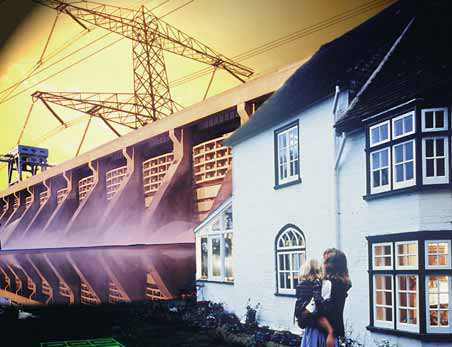

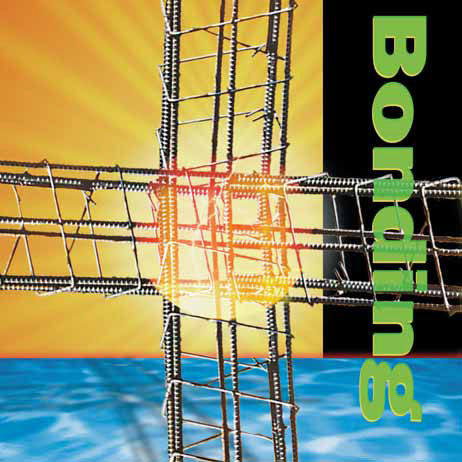





James R. McNicol, 1934-2001